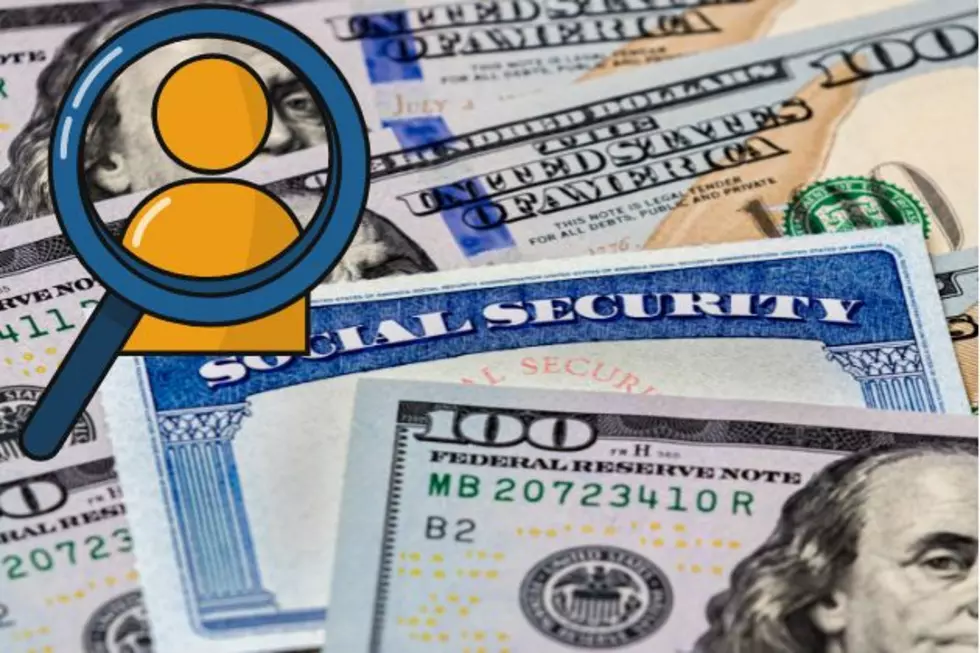
Ryan promises simpler tax code
House Speaker Paul Ryan is promising a simpler tax code with lower rates for both families and businesses as he unveils the sixth and last installment of his "Better Way" campaign agenda for House Republicans.
But the Wisconsin Republican can't match the 25 percent top rate for individuals that he promised not long ago; instead, the tax reform plan being released Friday proposes a 33 percent top tax bracket instead of the current top rate of 39.6 percent restored by President Barack Obama in a 2013 victory over Republicans in the wake of his re-election.
The Ryan plan also lacks the detail required to measure whether it maintains the current distribution of the tax burden by income range.
The plan won't face a vote this year but, like other elements of Ryan's agenda, provides a template for potential action next year.
"For families and individuals, the new tax system will simplify and lower tax rates. It also will provide for reduced but progressive tax rates on capital gains, dividends and interest income,' the proposal said. "The approach reflected in this Blueprint will be simple enough to fit on a postcard for most Americans."
Individual filers would retain tax breaks for mortgage interest, charitable giving and retirement savings in a decision that reflects the sweeping popularity of such measures.
The measure also promises business and international tax reforms to make U.S. companies more competitive with overseas companies, including lowering the corporate tax rate from 35 percent to 20 percent. In exchange, businesses would lose a host of write-offs.
Tax reform is a longtime promise of Republicans, and the code has gotten far more complex in the three decades since the landmark 1986 tax overhaul. But changing the code pits powerful interests against one another and exposes ideological rifts among Republicans and between Republicans and Democrats.
The measure assumes the proposal will generate economic growth that would, in turn, boost revenues. Such "dynamic" effects permit policymakers to promise even lower tax rates without adding to the budget deficit.
(Copyright 2016 The Associated Press. All rights reserved. This material may not be published, broadcast, rewritten or redistributed)
More From New Jersey 101.5 FM









